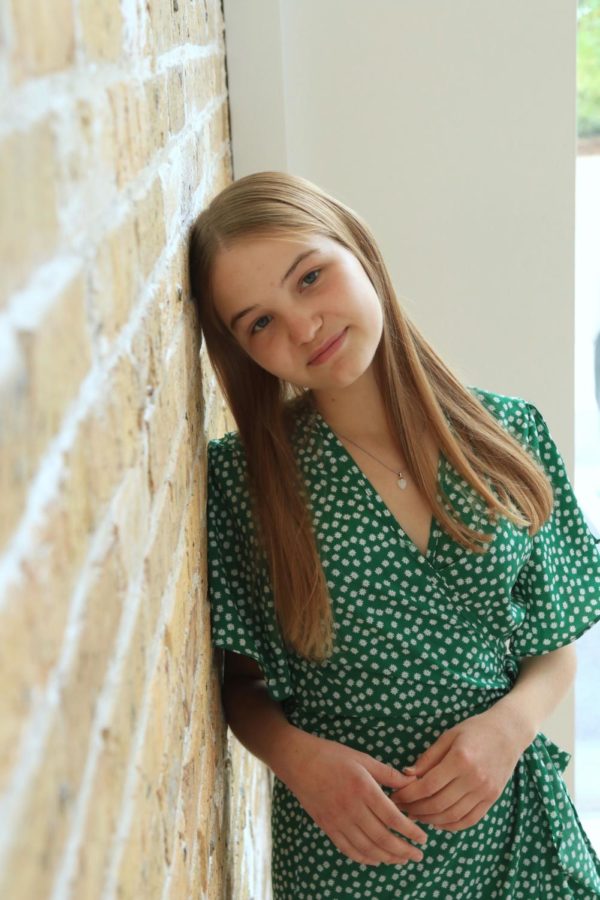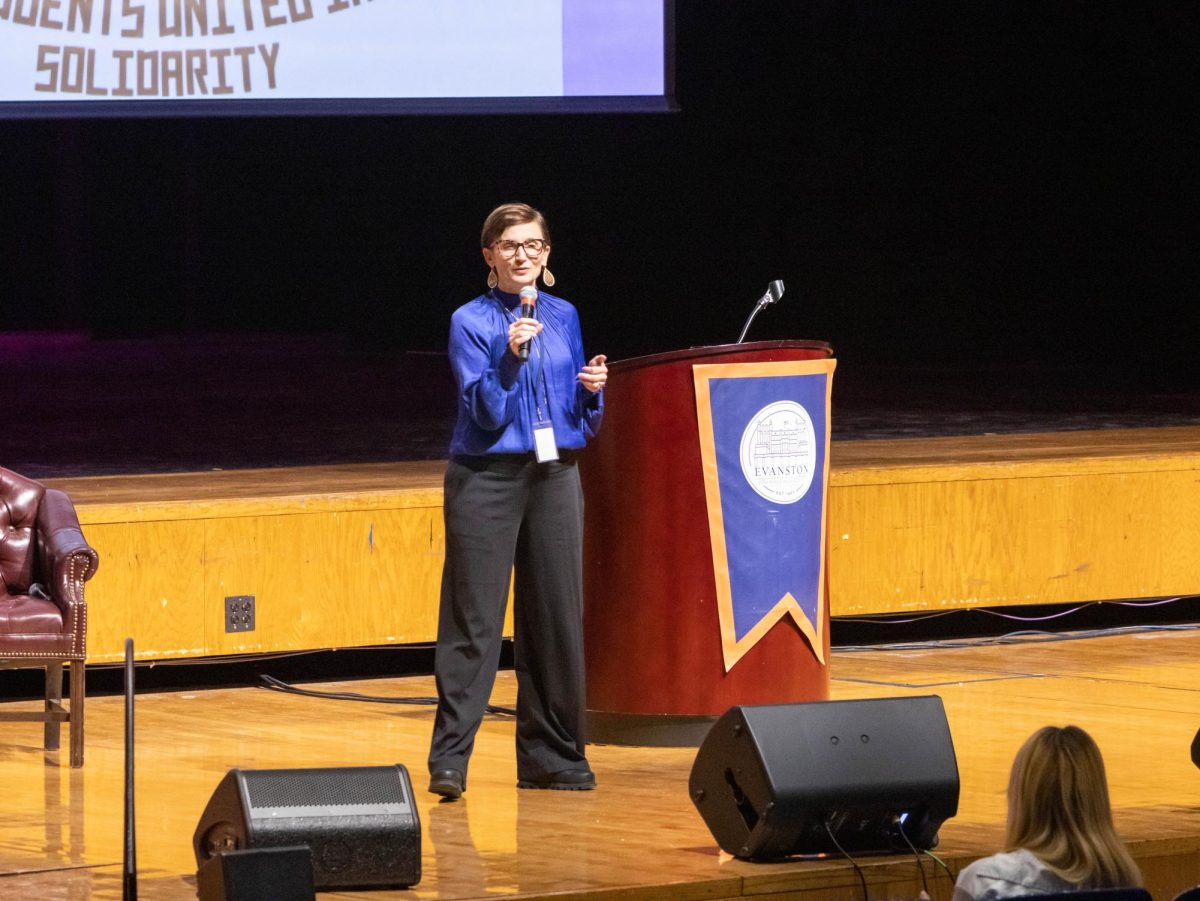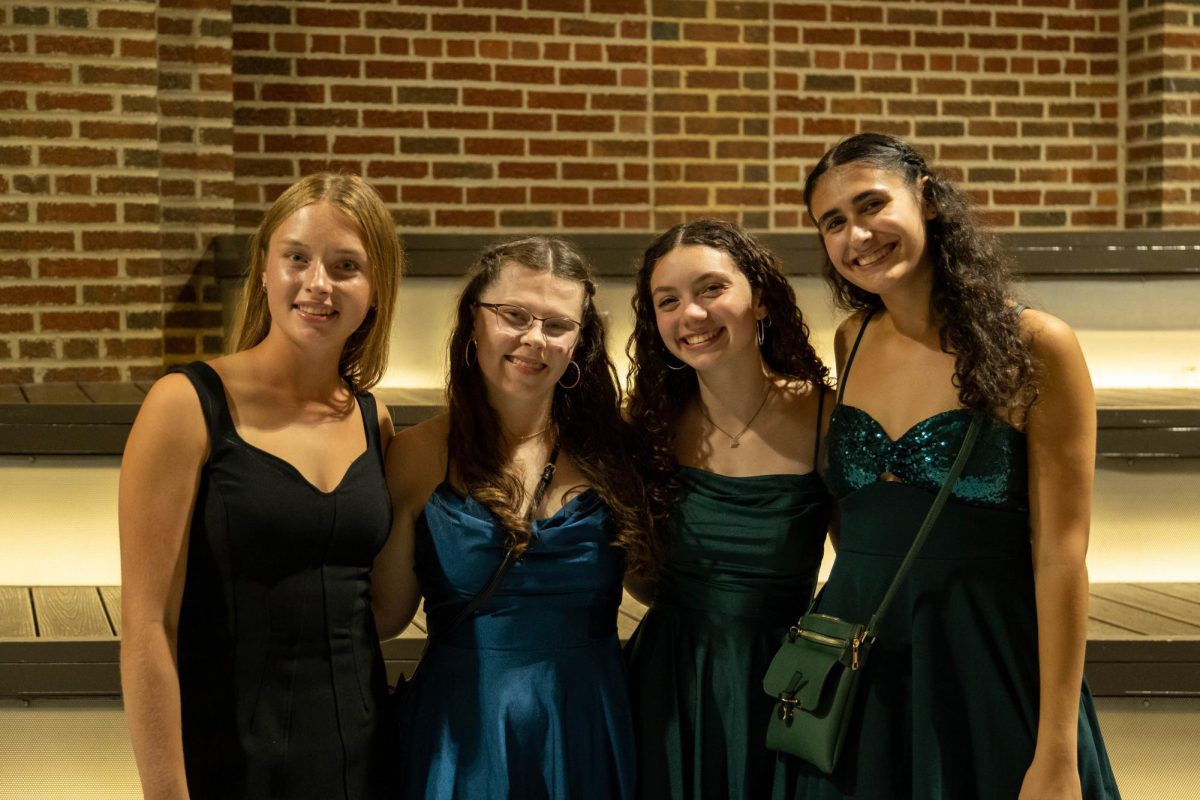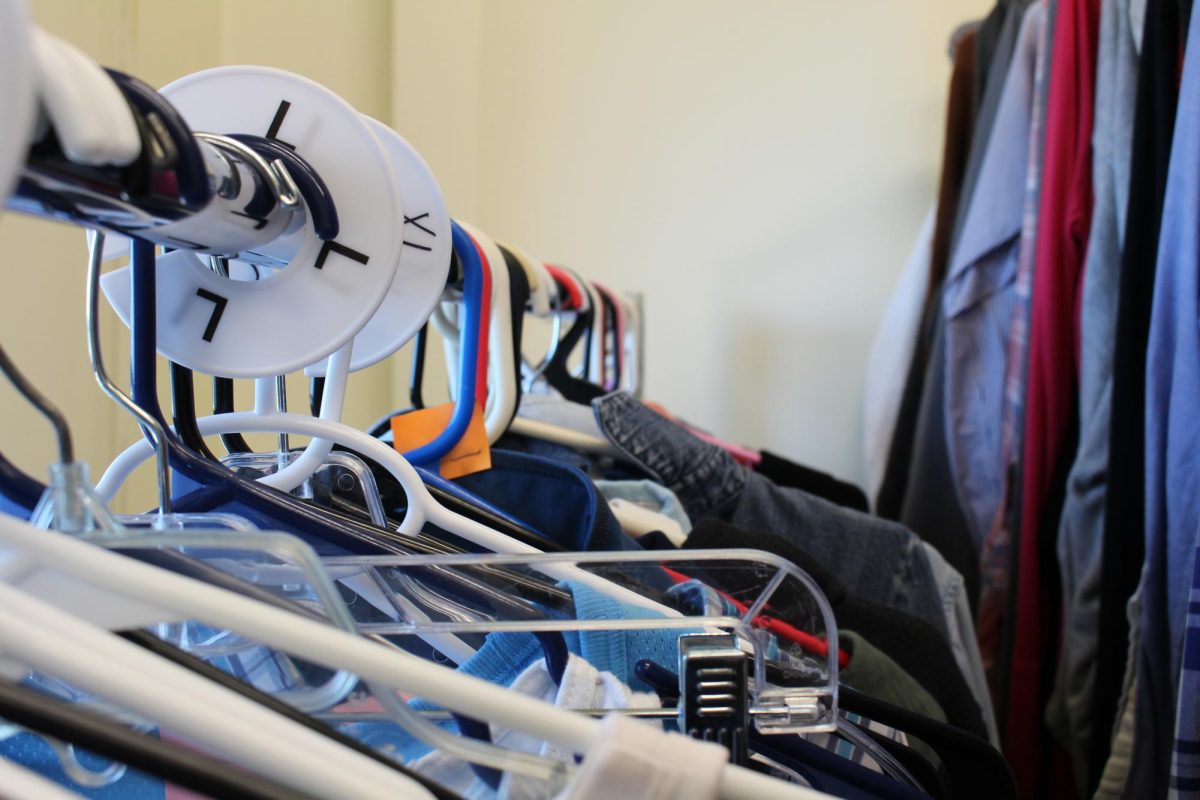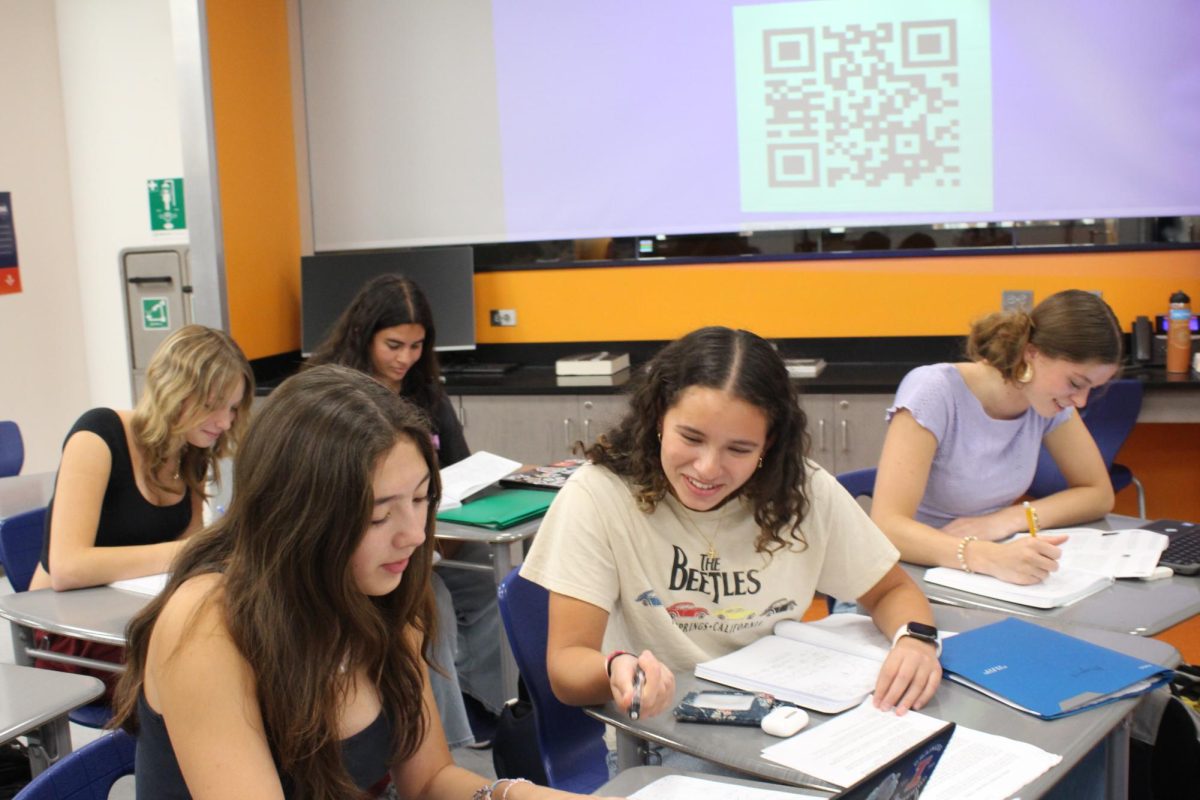Opinion | Say yes, even when it’s scary
May 11, 2023
There is little that I remember about my first day of high school, but I am certain of how it started. It was, certainly, very similar to anyone else’s first day of a new journey: I stood in front of my mirror, continually shifting my weight and peering at my reflection.
Now, the extent of my nerves is a part of my experience that likely differed from just “anyone else”. Not only was I struggling to breathe through the threat of tears, but I had gone so far as to request that my 17-year-old sister escort me from class to class so I wouldn’t get lost. Yep—I was that freshman.
My perspective at the time was one of self-preservation. I didn’t see ninth grade as an opportunity for new connections, but a challenge for my time-worn identity as a friend and student. I’m not an antisocial person, but at the time, I didn’t see the point in finding anyone new. I’d maintain my own friendships, and that would be the end of it.
Well, much like a misguided New Year’s resolution, this plan of mine crumbled over time.
The lockdown arrived before the fourth quarter of freshman year, and I found myself in the midst of simultaneous disappointment and relief. I knew I wouldn’t thrive under the expectations associated with online learning, but I also looked forward to my social anxieties being quelled for a while. Getting dressed without facing anyone else’s judgment? Eating lunch in my own kitchen? These were blissful concepts for my freshman self. It didn’t cross my mind that by ceding my life preferences to fear, I was being self-indulgent.
I was used to avoiding things. Outings, auditions, conversations—anything had the potential to make me skittish. I often challenged myself, but still, my comfort zone was small. At the height of my insecurity, saying “no” was a crutch that had convinced me it was a limb. I counted on avoidance to get me through the day.
Inch by inch, the pandemic edged me farther into my wading pool of worries. The more time I spent away from people, the more wildly my social anxiety swirled around me, until everything I knew was soaked in angst. As my motivation and energy tanked, every task became intimidating. For me, it was hard to remember what “normal school” felt like—but I knew I wanted it back.
Eventually, come junior year, the return to ETHS meant that I had to pull myself from my personal fount of fear. That old crutch—the tendency to avoid—began to look like dead weight.
I found, over the course of my junior and senior years, that accepting opportunities was a crucial part of removing myself from anxiety. I went for lead roles. I made plans with people I didn’t yet know. I took classes for which I was unqualified. These may seem like small steps, and I suppose they were, but they braided together to become my rescue rope. I was making my way out of that cave.
I’m not saying that worries are something we choose, and I don’t believe that you can simply elect to heal yourself from whatever distress you face. On the other hand, I’m not going to argue that anxiety is the summit of all unpleasantness. It’s wearisome, yes, but anxiety needn’t be a detrimental force.
What I am here to say is that crutches are harmful, conniving pests. They convince us of their importance, but ultimately encourage us to stay motionless. Anxiety might not be your personal struggle, but everyone is held back by something. What is your dead weight? What’s keeping you knee-deep in cold, dark waters? We as a generation have come too far to let ourselves be held back by our own stagnant limbs. I implore you—classes of ‘24, ‘25, and ‘26—to start saying “yes” to the right things. Start braiding your rescue rope.


